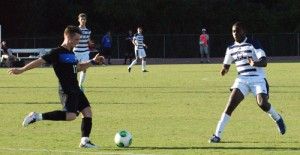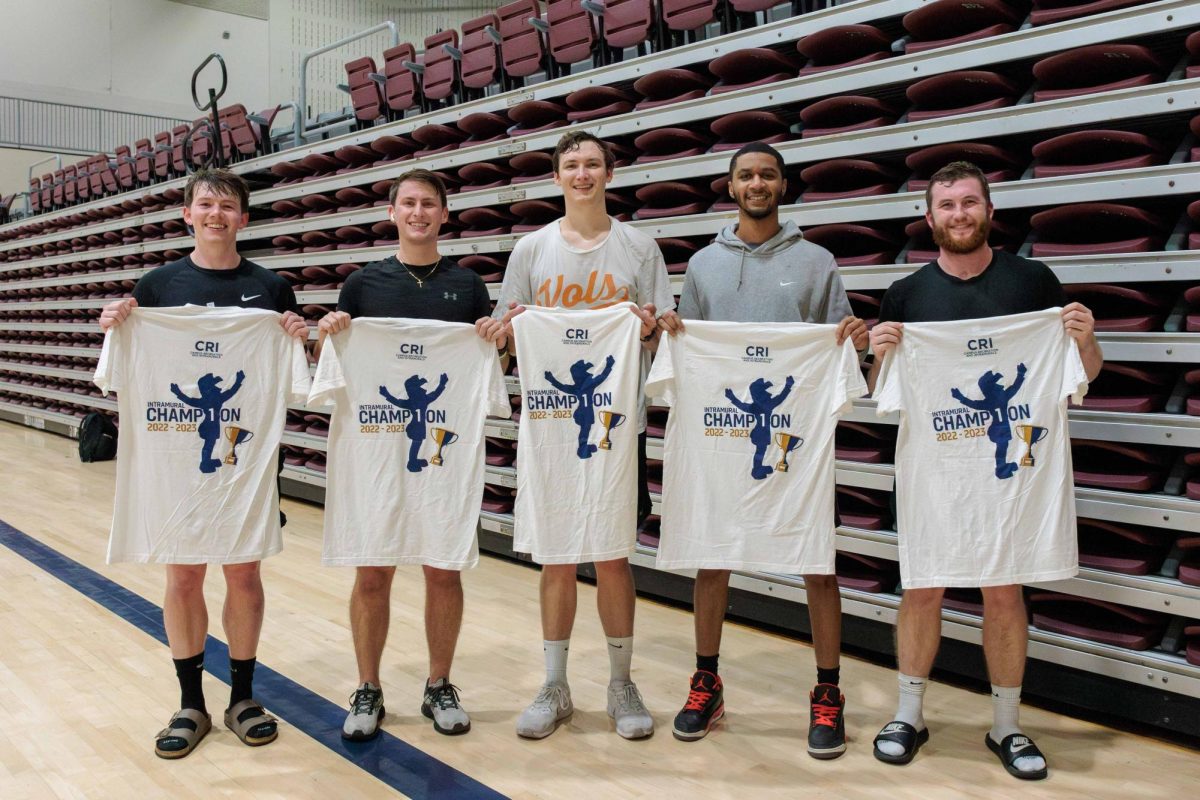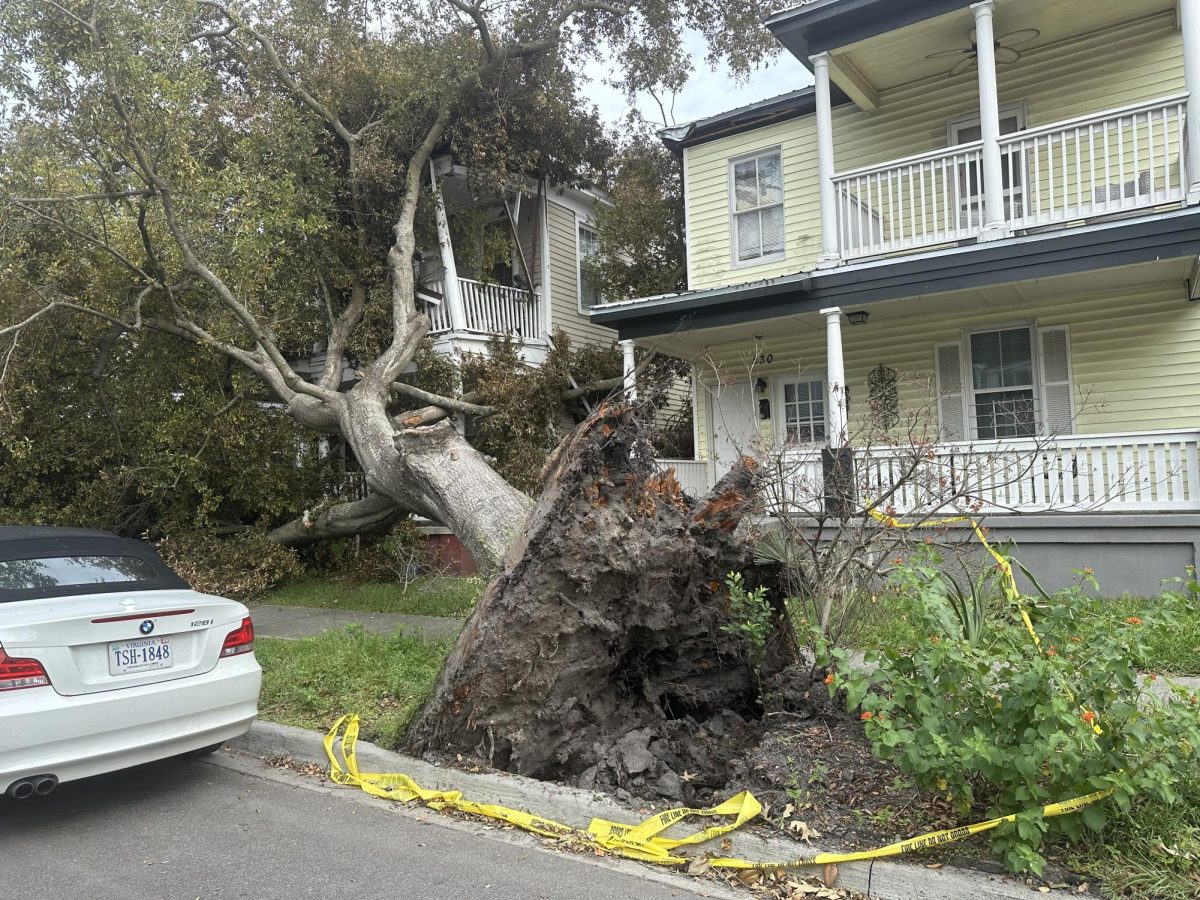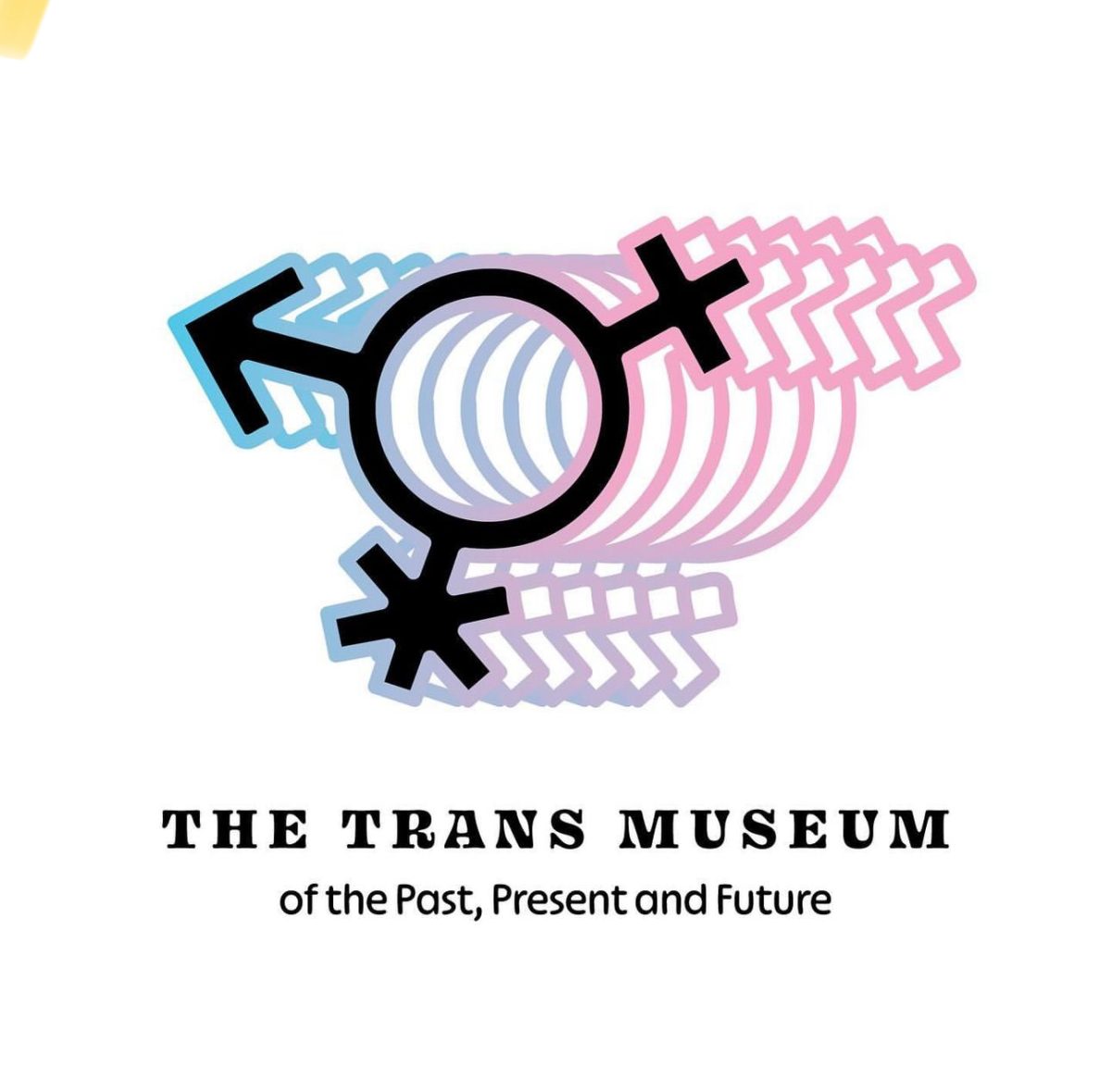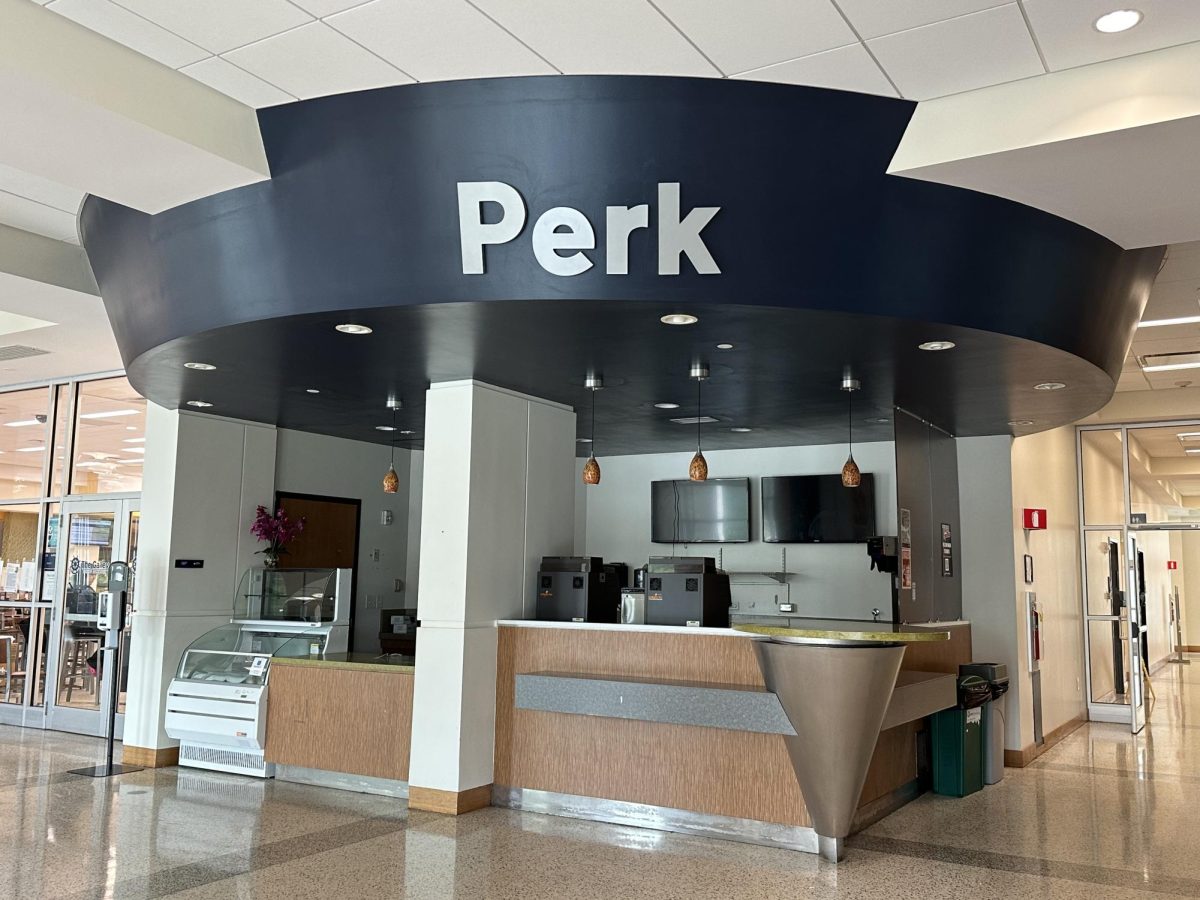By Daylon Bonner, Staff Writer
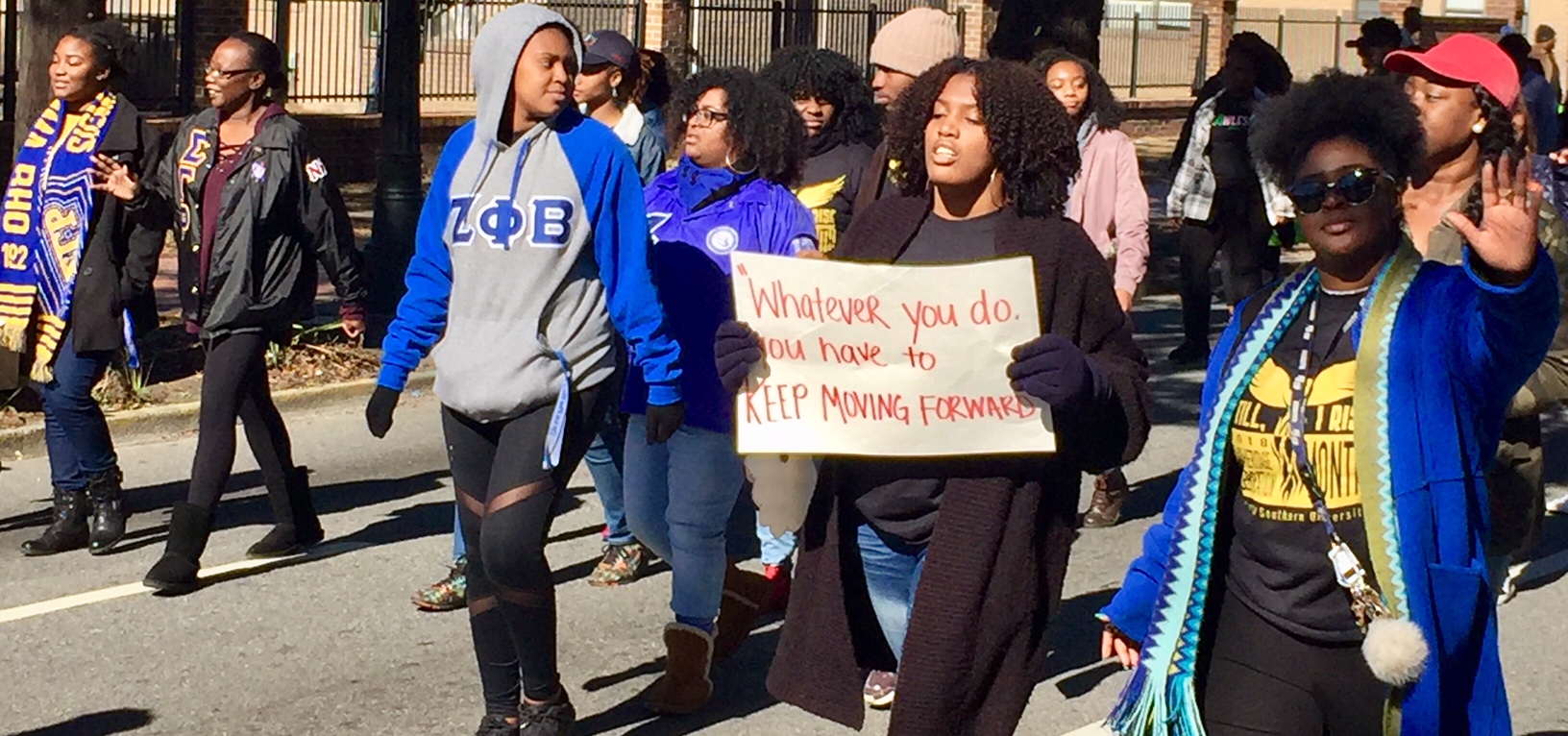
Savannah residents came out in force to celebrate the Civil Rights activist Dr. Martin Luther King during the annual downtown parade. The celebration had an extra sentiment behind it given that this year marks the 50th anniversary of the assassination of Dr. King. The parade commenced on East Broad Street and concluded, quiet aptly, on Martin Luther King Jr. Boulevard.
The unpleasant weather did not sour the mood. Truth be told, it may have strengthened the collective resolve. Sidewalks were packed with locals and vendors alike itching to catch a glimpse of the spectacle. In response, the various organizations of Savannah did not disappoint.
Nearly three hundred different attractions traveled the parade route. The parade participants ranged from schools of all levels of education, to nearly every religious organization in Savannah, and even potential Congressional representatives. Several sororities and fraternities made their presence known as did multiple local businesses.
The most impressive display came from the high schools, many of which were flanked by impressive marching band displays and/or JROTC troops. The attending schools included Savannah High School, R.W. Groves High School, Windsor Forest High School and Islands High School. The performances were especially noteworthy given the previously mentioned weather conditions.
Not to be left out though, the younger students showed up to represent their respective schools, as did the collegiate level students. Savannah State came swanked out for the occasion. The marching band serenated the crowd on full tilt, the Homecoming king and queen rode along, and alumni participated as well. Unfortunately, the same effervescence would not be seen from the Armstrong collective.
To be fair, the Collegiate 100 came out with several affiliates. However, the turnout of the general student body only bested the Collegiate 100 by a slim margin. For comparison, the Collegiate 100 brought an arsenal of a banner flanked with several members, a truck containing pageant members, flags, and a group of affiliates tailing the truck.
The general student body on the other hand did manage to surround the front end of their float with a slew of people. The float was occupied by members of the student government and GUS the Eagle. However, the rear was anchored by merely a few cheerleaders. The effort put forth by the student body was commendable. Sadly, the Armstrong contingent did not illicit a noticeable reaction from the packed walkways.
While the parade did not yield an impressive turnout, it did inspire some interesting assertions from the student. An Armstrong student, who chooses to remain anonymous, relayed some of her thoughts concerning the celebration. She expressed some concern about the celebration of African American history being “condensed to a day in January and the shortest month of the year.” The celebration of contributions from Martin Luther King, Malcolm X and other notable African American figures should become so ubiquitous that a special occasion is not even needed.
To quote another student, who decided to remain unidentified, Dr. King is “a beacon of hope whose rays were not restricted to just to African Americans.” The words of this student were reflected in the fact that the Savannah LGBT Center was present. While race preoccupied his rhetoric, the words of Dr. King could just as easily be applied to bridge divides in other facets of the human experience.
As stated before, the floats and performances from the high schools were collectively the most impressive. Overall, the parade to commemorate Dr. Martin Luther King Jr. did not leave much to be desired. The displays were exquisite and added to a vibrant atmosphere shrouded in a goal to seek feasible consensus. While the Armstrong nation did not have the greatest turnout, those who attended gave a serviceable effort.

